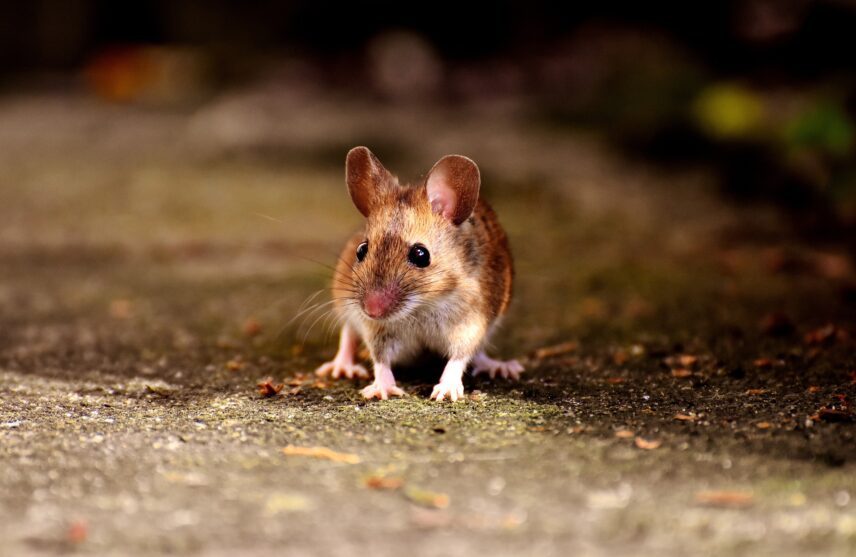Discovering that unwanted guests have invaded your home is never a pleasant experience. One common intruder that can cause quite a nuisance is the humble house mouse. Mice are notorious for their ability to find their way into human habitats, seeking food, shelter, and warmth. Recognizing the signs of a mouse infestation early on is crucial for prompt action and preventing potential damage. In this article, we’ll discuss five telltale signs that mice have made your home their own.
- Droppings: Mice leave behind a trail of droppings as they move throughout your home. These small, dark, and cylindrical pellets can be found near their feeding areas, nesting sites, or along common pathways they traverse. Common places to check for mouse droppings include behind appliances, in cabinets or drawers, along baseboards, or in secluded corners. If you come across mouse droppings, it’s a clear indication that mice have taken up residence in your home.
- Gnawed Objects: Mice have incisors that continuously grow, so they gnaw on various objects to keep them trimmed. Look for signs of gnaw marks on furniture, electrical wires, cardboard boxes, plastic containers, and even walls. Mice may create small holes or gnaw through packaging to access food. Keep an eye out for shredded paper or fabric materials, as mice often use these for nesting material.
- Unpleasant Odors: Mice tend to nest in hidden areas, such as wall voids, attics, or basements. Over time, their presence can give rise to distinctive, unpleasant odors. The urine and feces of mice emit a strong, musky smell that becomes increasingly noticeable as their population grows. If you detect a lingering, musty odor, especially in confined spaces or near potential entry points, it could be a sign of a mouse infestation.
- Nocturnal Noises: Mice are predominantly nocturnal creatures, which means they’re most active during the night when you’re likely asleep. If you hear scratching, scampering, or rustling sounds coming from walls, ceilings, or floors, it’s probable that mice are scurrying around your home. They may also make high-pitched squeaking or chirping sounds, especially if they’re communicating with one another. These sounds often indicate an established mouse presence.
- Nibble Marks on Food Packaging: Mice have a keen sense of smell and a voracious appetite. They’ll happily help themselves to any accessible food sources within your home. Inspect your pantry or kitchen cabinets for signs of chewed food packaging, including holes, tears, or gnaw marks on cereal boxes, bags of flour, or rice packets. Mice are nimble and can even chew through plastic containers or aluminum foil to get to the food inside.
Detecting a mouse infestation in your home is crucial for taking swift action and preventing further damage. By being aware of the telltale signs, such as droppings, gnawed objects, unpleasant odors, nocturnal noises, and nibble marks on food packaging, you can identify a mouse problem early on. If you suspect a mouse infestation, it’s essential to address it promptly by employing effective pest control measures or seeking professional assistance. Remember, acting swiftly will help restore your home to a mouse-free sanctuary.


